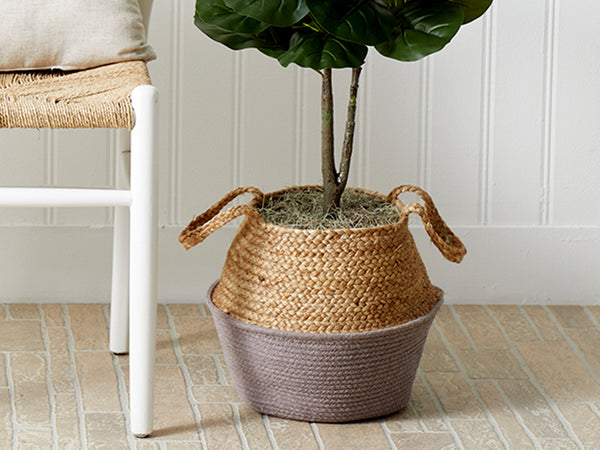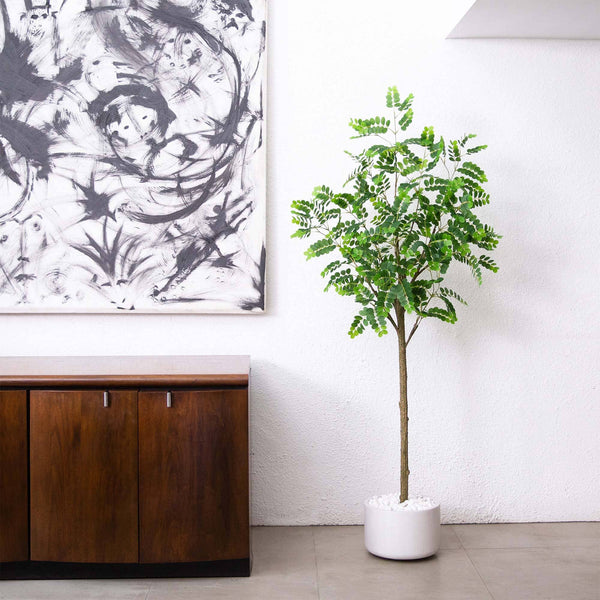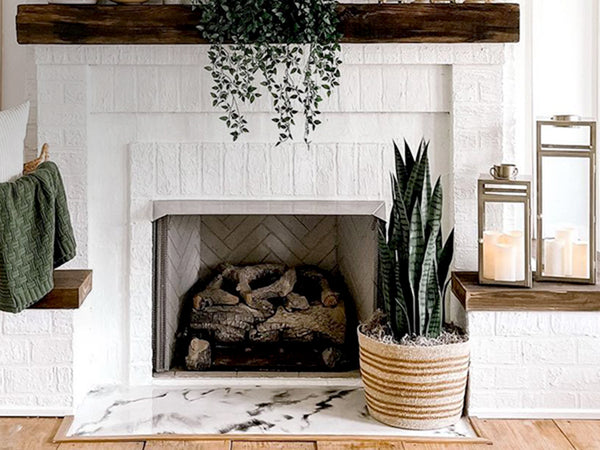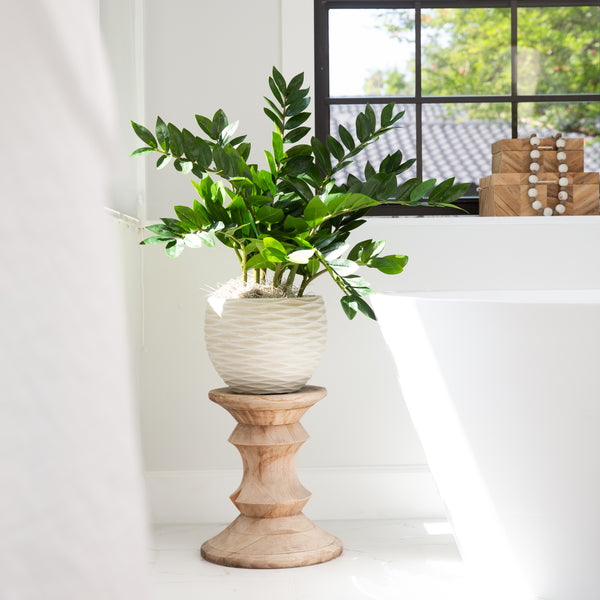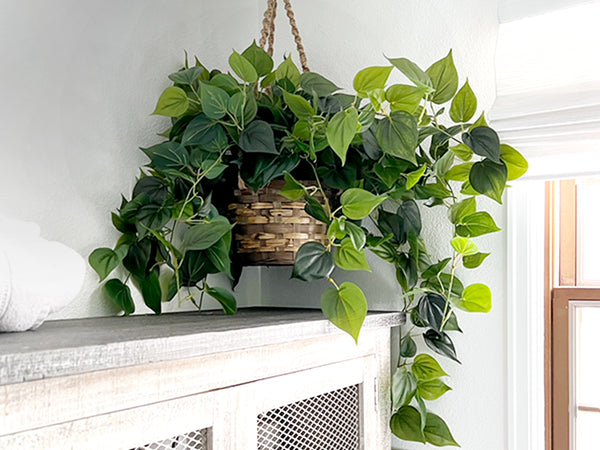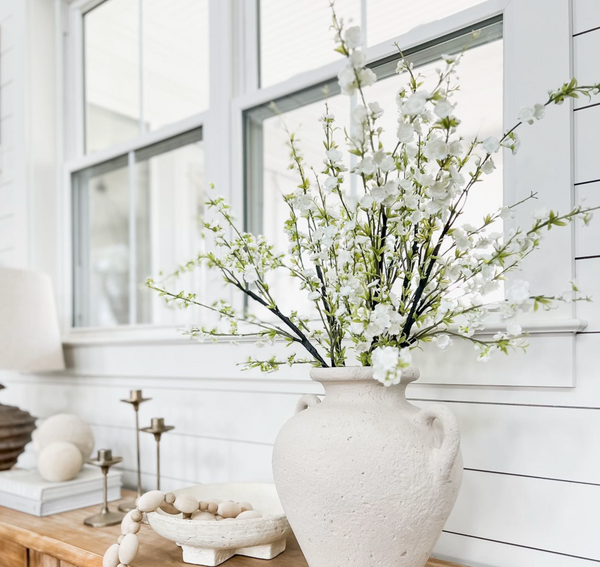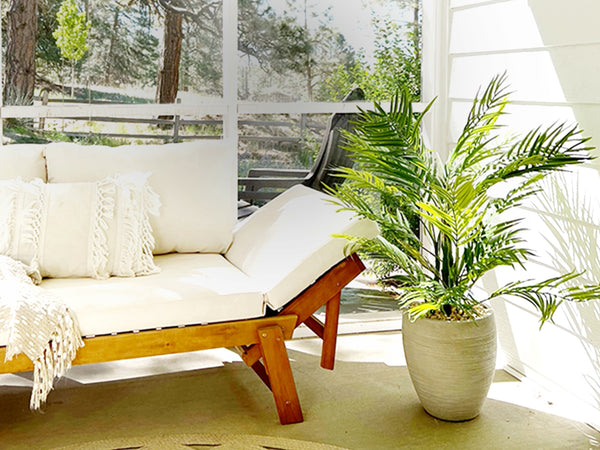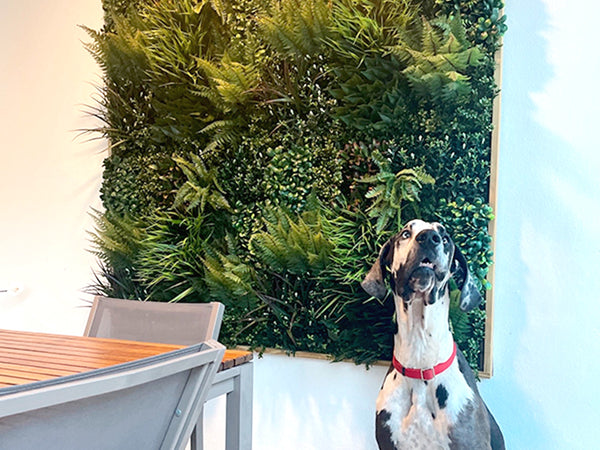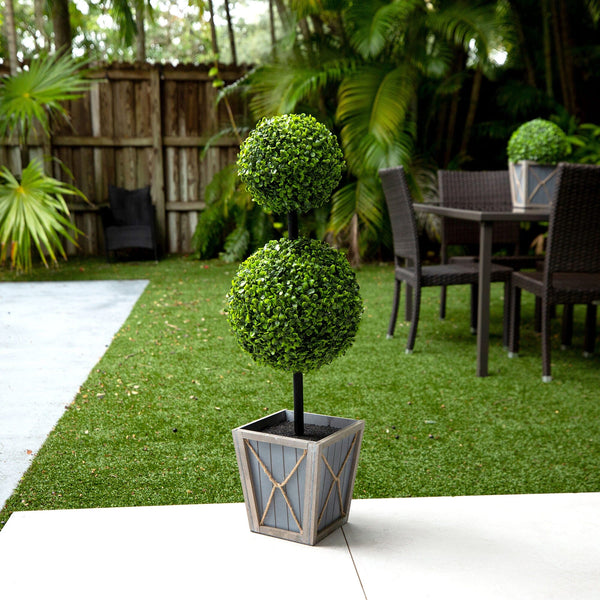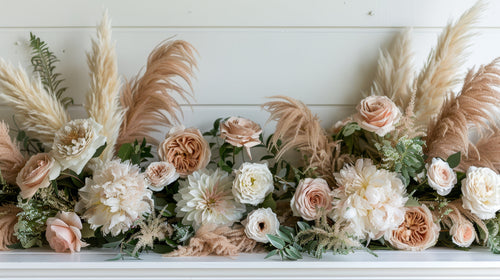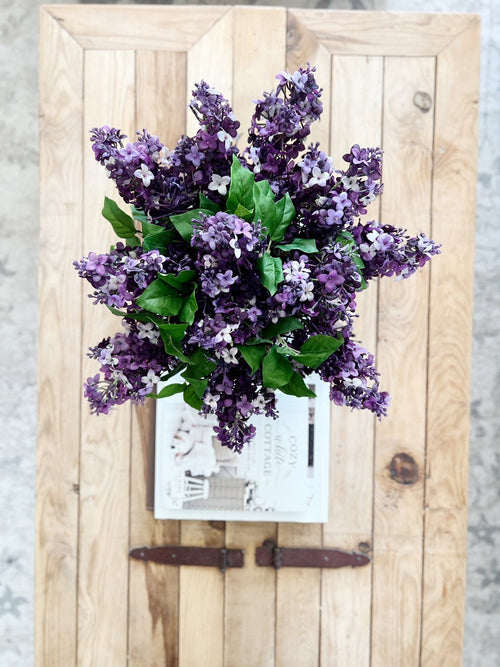Do Artificial Plants Attract Insects and Bugs?
Cindy VenerioOne of the easiest ways to add a splash of color and brightness to your home or office is to buy some artificial plants. Some people might hesitate to do this because they think that faux plants may attract bugs or insects and look tacky in the home.
Do Artificial Plants Attract Bugs?
But is this true? Do artificial plants attract bugs and insects? The short answer is "no." Although they may look real, those plants don't actively attract bugs or insects.
However, to be completely accurate, this question requires a longer answer. Although faux plants don't attract bugs, their leaves and buds could easily become a place for bugs to live. To prevent this, taking good care of your artificial foliage is important. This is why we recommend feather dusting your new faux greenery about once a month, to prevent dust and other particles from accumulating.
While there is no scent on artificial plants that would attract bugs or insects; the crevices inside these plants' leaves and branches are easy for them to creep inside and decide to stay.
Another factor influencing whether insects make a home in your fake plants is the location where your plants are placed. If you keep your artificial plants in a place within a center room of your home, there is less of a chance for insects to find them and crawl inside their leaves. But keeping those same plants near a door or window (where the bugs can easily fly inside) makes them more likely to have insects find them and make a home inside. Knowing this, you can see why it's important to take extra measures to care for fake plants located next to windows or doors. And if you have outdoor-safe faux plants and trees, we recommend setting yourself up for success by caring for these trees as you would with patio furniture. Covering from time to time and cleaning weekly to maintain the colors.
What To Use to Keep Plants Bug-Free
You may wonder whether using bug spray for artificial plants is safe or necessary. Those sprays often contain toxic chemicals so you might prefer a different type of cleaner for these plants. You usually have better things at home that can help you. We don’t recommend using a spray as this can interfere with the manufacturing coating, oftentimes, you won’t need this. As long as you maintain and clean your faux plant and trees, you’re on the good side.
One of the easiest things to try is simple dusting every once in a while. You'll be surprised how easily this can keep your faux plants clean.
Continuing with things usually found in the home, spraying, or wiping artificial plants with liquid dish soap or a diluted mild detergent is also affected as long as the plant is wiped with water afterward. Something soft, organic does the trick.
What About Silk Plants?
Artificial plants are not all made of the same materials. Plants made of silk require a special type of cleaning because they are more delicate than other types of artificial plants.
There are also commercial cleaners that are specially made for cleaning silk flowers. Buying one of these may be the most effective way to clean silk your plants. You may also need to buy a commercial cleaner if your artificial plants include fake moss, as these can also become dirty and become a home for bugs. Artificial trees also need to be regularly cleaned. It is usually best to clean them outdoors, so any spillage from cleaning can fall onto the ground.
In Conclusion
You should plan to gently wipe your fake plants once a week with a duster. But to keep your plants bug-free, you should do a deep cleaning at least twice a year.
Keeping your artificial plants free from bugs may take a little work and a bit of practice to determine the best method, but it will be worth it to keep your faux plants beautiful and free of "creepy crawlers".

